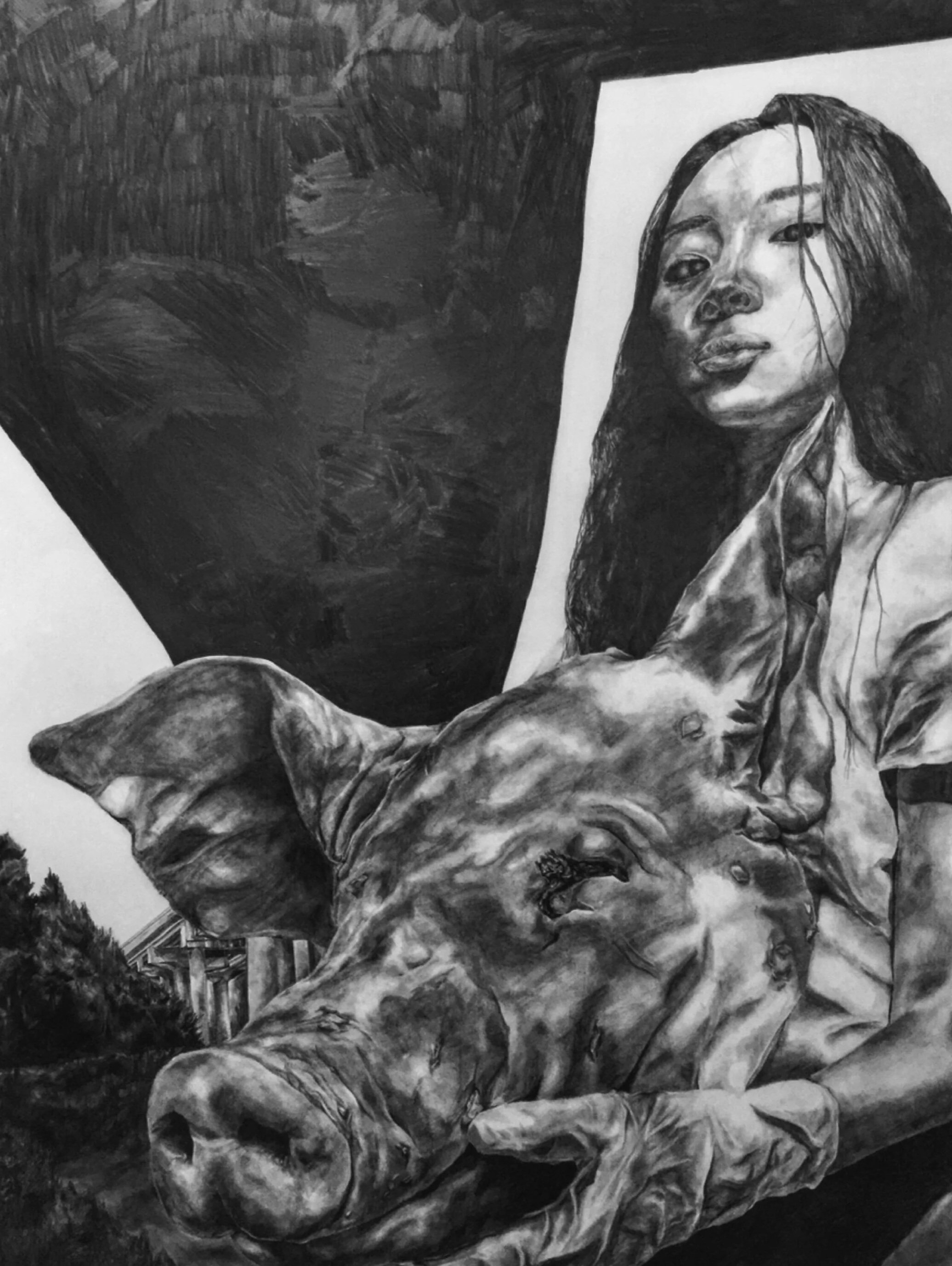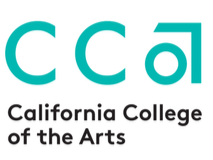The essential portfolio guide for students applying to top art, design, and architecture schools.
Guiding your Art Portfolio to success.
Why portfolios
matter .
Mark W. - Accepted RISD, Parsons, UAL
Your portfolio is the single most important part of an application to art, design, and architecture schools. A strong portfolio does more than showcase skills — it communicates ideas, personality, and creative voice.
Portfolio success
factors.
Technical Skill
Evidence of confident ability across varied media, materials, and techniques — showing both experimentation and refinement.
Conceptual Thinking
Projects that demonstrate depth, originality, and a clear sense of purpose — revealing the ideas that drive your art.
Research & Process
Thoughtful documentation of experimentation, reflection, and development — showing how ideas evolve through making.
Original Voice
A distinct sense of identity and perspective that communicates who you are as an artist and thinker.
Cherry K. - Accepted Cal Arts, Pratt, Parsons
Common portfolio mistakes .
1. Fan Art or Anime Replicas
Admissions teams are looking for originality, not imitation.
Even technically skilled fan art often fails to demonstrate your own creative thinking or unique voice.
2. Too Many Pieces
Quality always outweighs quantity.
A focused portfolio with a clear narrative and depth of exploration makes a far stronger impression than an overloaded one.
3. Poor Presentation
The way you photograph, label, and curate your work communicates professionalism.
Messy layouts, inconsistent lighting, or unclear sequencing can distract from the strength of your art.
4. Ignoring School Requirements
Each institution has its own submission guidelines and format expectations.
Overlooking these details — such as file size, dimensions, or number of pieces — can instantly weaken your application.
Student Case
Studies .
Henry K.
Henry’s artwork captures a pivotal moment in his thematic exploration. Packed with movement, symbolism, and visual intensity, it reflects the tensions he sought to investigate throughout his practice. This piece became central to telling his story, showing how art can embody personal narrative while engaging with broader ideas.
Henry K.
Henry - "At the heart of it all, there was Dan. He listens more than he talks, and that made all the difference. He taught me not just art, but how to create art with honesty and humility. "
Student Case
Studies .
Mark W.
Mark’s work demonstrates how strong technical skills can be transformed into something powerful and eye-catching. By blending traditional drawing with bold composition, he created a piece that invites viewers to respond emotionally while also appreciating the craftsmanship. It’s a striking example of how technique and concept can reinforce each other
Mark W.
Mark - "My time with Dan was unforgettable. He pushed me to lean into my fascination with humor and the absurd, and helped me develop a strong creative voice. His guidance enriched my work conceptually and gave me the confidence to scale up."
Student Case
Studies .
Cherry K.
Cherry discovered her voice through activism and sustainability. By coordinating a large-scale mural project, she combined vibrant, visually compelling imagery with a community-focused initiative. This real-world project highlighted how art can be both expressive and impactful, leaving a lasting positive impression beyond the studio.
Cherry K. .
Cherry - "Loving art, being enthusiastic and passionate came from Dan. His support and encouragement gave me freedom to explore, and his honest advice helped me hold onto my belief that my work had value. That kept me from giving up."
Student Case
Studies .
Dabinn K.
Dabinn used Seoul itself as her inspiration, focusing on the erasure of the city’s older, character-filled neighborhoods. Through first-hand observations and architectural sketches and development, she built a body of work that was both technically accomplished and conceptually rich. Her art asked viewers to reflect on what is lost when urban development overshadows cultural memory.
Dabinn K.























